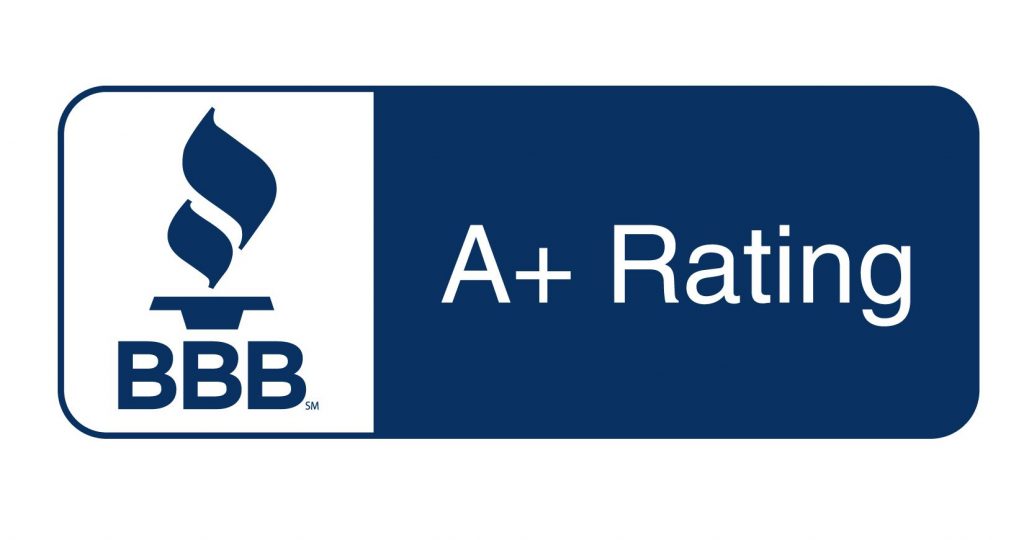Medicare is not a one-size-fits-all program. What worked for you last year might not fit your needs today. Maybe your prescriptions changed, your doctor left your network, or your budget is tighter than it used to be. The good news is that Medicare gives you opportunities to change your plan. However, the rules differ depending on whether you’re in a Medicare Advantage plan, a Part D prescription drug plan, or a Medigap (Medicare Supplement) policy.
In this guide, we’ll walk through when and how you can change your Medicare plan, what you should think about before making a switch, and how to make sure the process goes smoothly.
Changing a Medicare Advantage Plan
Medicare Advantage (Part C) plans combine hospital, medical, and often prescription drug coverage into one policy. Because these plans operate like traditional insurance with networks, copays, and varying benefits, many people find they need to make changes as their circumstances evolve. Let’s review a few times you can change your Medicare Advantage plan.
Annual Election Period (AEP)
Every year, from October 15 to December 7, you can:
- Switch from one Medicare Advantage plan to another.
- Drop Medicare Advantage and go back to Original Medicare (with or without Part D).
- Join a Medicare Advantage plan for the first time.
Any changes made during AEP take effect on January 1 of the following year.
Medicare Advantage Open Enrollment Period (OEP)
Between January 1 and March 31, people already enrolled in a Medicare Advantage plan get another chance to switch. You can:
- Switch to a different Medicare Advantage plan.
- Drop your Medicare Advantage plan and return to Original Medicare.
This period is more limited. You can’t switch from Original Medicare into Medicare Advantage during OEP.
Special Enrollment Periods (SEPs)
Life doesn’t always fit neatly into enrollment windows. That’s why Medicare offers SEPs for specific circumstances, such as:
- Moving out of your plan’s service area.
- Losing other health coverage (like employer insurance).
- Your plan being discontinued.
These SEPs give you flexibility when life changes unexpectedly.
Changing a Medicare Part D Prescription Drug Plan
Part D plans cover prescription drugs, but coverage varies widely. Each plan has its own formulary (list of covered drugs), copay structure, and preferred pharmacy network. Because medications and costs can shift every year, it’s smart to review your plan annually.
Annual Election Period (AEP)
Just like Medicare Advantage, you can join, drop, or switch Part D plans from October 15 to December 7. Your new coverage starts January 1.
Special Enrollment Periods (SEPs)
Certain events let you make changes outside of AEP:
- Moving to a new service area.
- Qualifying for the Extra Help program (low-income subsidy).
- Your plan’s contract with Medicare ending.
Why It Matters
Prescription drug costs add up quickly. Choosing a Part D plan that covers your medications at the lowest cost can save you hundreds (or even thousands!) each year. It’s not uncommon for someone to discover that their drug is no longer on their plan’s formulary, or that their pharmacy moved to a higher cost-sharing tier. That’s why annual reviews are so important.

Changing a Medigap Plan
Medigap policies work differently than Advantage and Part D plans. They help cover the “gaps” in Original Medicare – things like deductibles, coinsurance, and copays. Since Medigap plans are standardized (a Plan G is the same no matter which company sells it), the decision often comes down to monthly premium cost and the insurer’s history of rate increases.
Medigap Open Enrollment Period
When you first enroll in Part B, you have a six-month Medigap Open Enrollment Period. During this window:
- You cannot be denied coverage.
- You cannot be charged more because of your health.
- You can choose any Medigap plan available in your state.
This is the easiest and most affordable time to buy a Medigap policy.
After Open Enrollment
Once this six-month period ends, you can still apply for a Medigap policy at any time of year, but insurance companies may require medical underwriting. That means they can look at your health history, deny your application, or charge you higher premiums if you have pre-existing conditions.
Guaranteed Issue Rights
There are exceptions. In certain situations, you have the right to buy a Medigap policy without underwriting. These are called guaranteed issue rights, and they typically apply if:
- You lose other health coverage.
- Your Medicare Advantage plan leaves your area.
- You move out of your plan’s service area.
Because these rights are limited, it’s wise to think long-term when choosing your Medigap coverage. Switching later may not be as simple.
Things to Consider Before Making a Change
Changing your Medicare plan isn’t just about enrollment dates. It’s also about finding the plan that truly fits your needs. Before you make a move, consider:
- Network: Does the plan cover your preferred doctors and hospitals? Medicare Advantage plans in particular may restrict you to certain networks.
- Prescription drugs: If you’re switching Advantage or Part D plans, check the formulary carefully. Even small changes in coverage can have a big impact on your out-of-pocket costs.
- Costs beyond the premium: A lower monthly premium might look attractive, but be sure to factor in deductibles, copays, and coinsurance.
- Flexibility: With Original Medicare plus Medigap, you can see any provider nationwide who accepts Medicare. With Medicare Advantage, your coverage is usually tied to a network.
- Future needs: Think about how your health might change. A plan that works now may not be ideal if you need more frequent care in a few years.
Taking time to evaluate these factors can help prevent surprises down the road.
How to Make the Change
Once you know what you want, the process of changing your Medicare plan is straightforward, though the steps differ by plan type:
- Compare options. Use Medicare’s Plan Finder tool or work with a licensed insurance broker to see what plans are available in your area.
- Check enrollment periods. Make sure you’re in the right window for your type of plan.
- Submit your application. You can apply online, by phone, or through an agent. For Medigap, you’ll usually apply directly with the insurance company.
- Confirm your coverage. Once approved, keep an eye out for your new ID cards and policy documents. Don’t cancel your old coverage until your new plan is active.
Working with an independent Medicare brokerage, like Carolina Senior Benefits, can simplify this process. A broker can help you compare plans, explain the fine print, and guide you through enrollment from start to finish.
Talk to Carolina Senior Benefits Today
Changing your Medicare plan can feel complicated, but it doesn’t have to be overwhelming. Whether you’re adjusting your Medicare Advantage coverage, switching to a better Part D prescription drug plan, or exploring Medigap options, the key is understanding your enrollment windows and weighing the details of each plan carefully.
The most important thing to remember is this: Medicare is designed to give you choices. Each year, you have the opportunity to find a plan that better suits your health needs, budget, and lifestyle. And if you need help navigating the process, a trusted Medicare advisor can make sure you feel confident in your decision.





